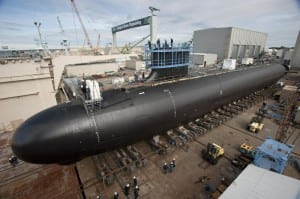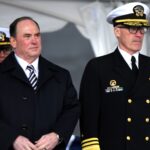
The comptroller of the Navy Department this week said the service has already been sending clear signs to industry that should incentivize it to ramp up production capabilities. “Our partnership with industry is a strategic partnership. It is absolutely a give and take. We are - for many years we were told by industry ‘Hey, we need clear headlights.’ Well, hey, it's been two, two, two, two, two for a long time: two submarines, two destroyers. What more headlights do…

 By
By 










